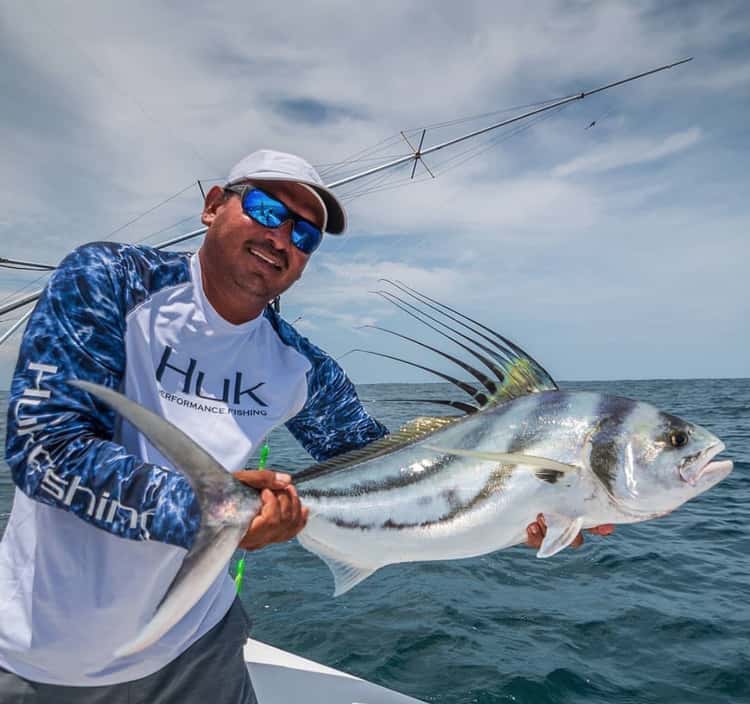Image Source: Google
The relationship between fashion and nature has always been intertwined, with designers drawing inspiration from the world around them. One natural element that has made a splash in the fashion world is fish – not just as a source of inspiration, but as an actual material used in clothing. From the sea to the catwalk, let's explore the evolution of fish clothing trends. If you want to purchase fish clothing then you can contact The conservative fisher man.
Historically, fish leather has been used by indigenous communities for centuries, with the Inuit people of the Arctic being particularly skilled in transforming fish skins into wearable garments. The unique texture and durability of fish leather made it a practical choice for clothing in harsh climates. However, it wasn't until recent years that fish leather began to make its mark in the mainstream fashion industry.
One of the pioneers in incorporating fish leather into high fashion was Icelandic designer Sruli Recht, who unveiled a collection in 2012 featuring garments made from salmon skin. The collection showcased the versatility of fish leather, with pieces ranging from sleek jackets to structured skirts. The use of fish leather not only added a touch of exoticism to the collection but also highlighted the sustainability of using byproducts from the fishing industry.
Another designer who has embraced fish leather is Danish designer Martina Spetlova, known for her innovative approach to materials. She has used fish leather from species such as salmon and perch in her collections, creating striking pieces that blur the lines between fashion and art. By incorporating fish leather into her designs, Spetlova is not only pushing the boundaries of traditional fashion but also championing sustainable practices in the industry.
Aside from fish leather, another trend that has emerged in recent years is the use of fish scales in embellishments and textiles. Designers have experimented with incorporating fish scales into fabrics, creating shimmering textures and unique patterns that capture the iridescence of fish scales. This trend has added a touch of whimsy and aquatic allure to garments, with designers like Alexander McQueen and Iris van Herpen using fish scales to create ethereal and otherworldly looks.
In addition to fish leather and scales, sustainable fashion brands have also been exploring the use of fish skin as an alternative to traditional leather. Fish skin, particularly from species like salmon and carp, is a durable and flexible material that can be used to create accessories such as bags, shoes, and belts. Brands like Osklen and Dooi have been at the forefront of this trend, producing stylish and eco-friendly accessories that showcase the natural beauty of fish skin.
As the fashion industry continues to grapple with issues of sustainability and ethical sourcing, the use of fish materials in clothing represents a step towards a more eco-conscious future. By utilizing byproducts from the fishing industry, designers are not only reducing waste but also promoting the idea of upcycling and repurposing materials in innovative ways. Fish clothing trends are not just a passing fad but a reflection of a larger shift towards more sustainable practices in fashion.
Looking ahead, it will be interesting to see how designers continue to push the boundaries of fish clothing trends and explore new ways of incorporating aquatic elements into their collections. With a growing emphasis on sustainability and ethical fashion, fish materials may become a fixture in the industry, offering a unique and eco-friendly alternative to traditional fabrics. From the sea to the catwalk, the evolution of fish clothing trends is a testament to the creative potential of nature and the enduring allure of the underwater world in fashion.

